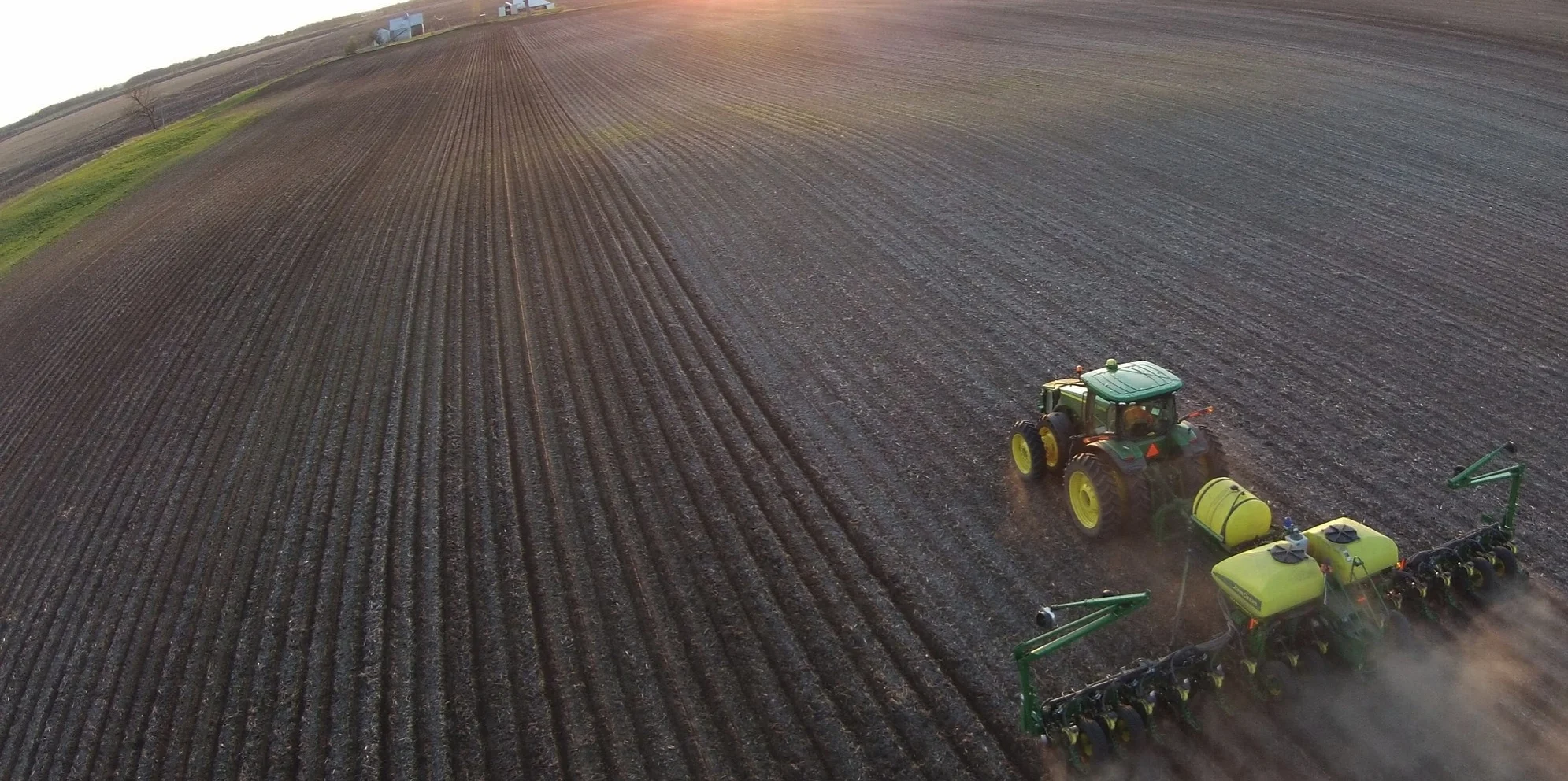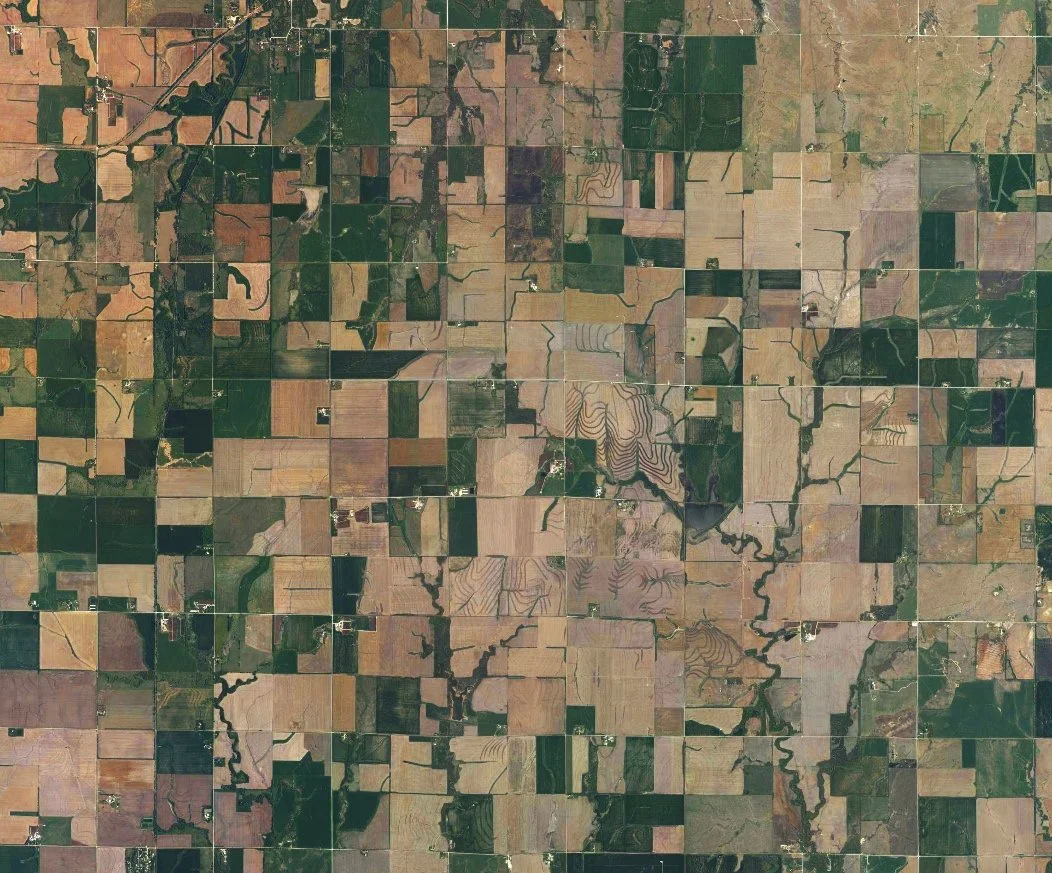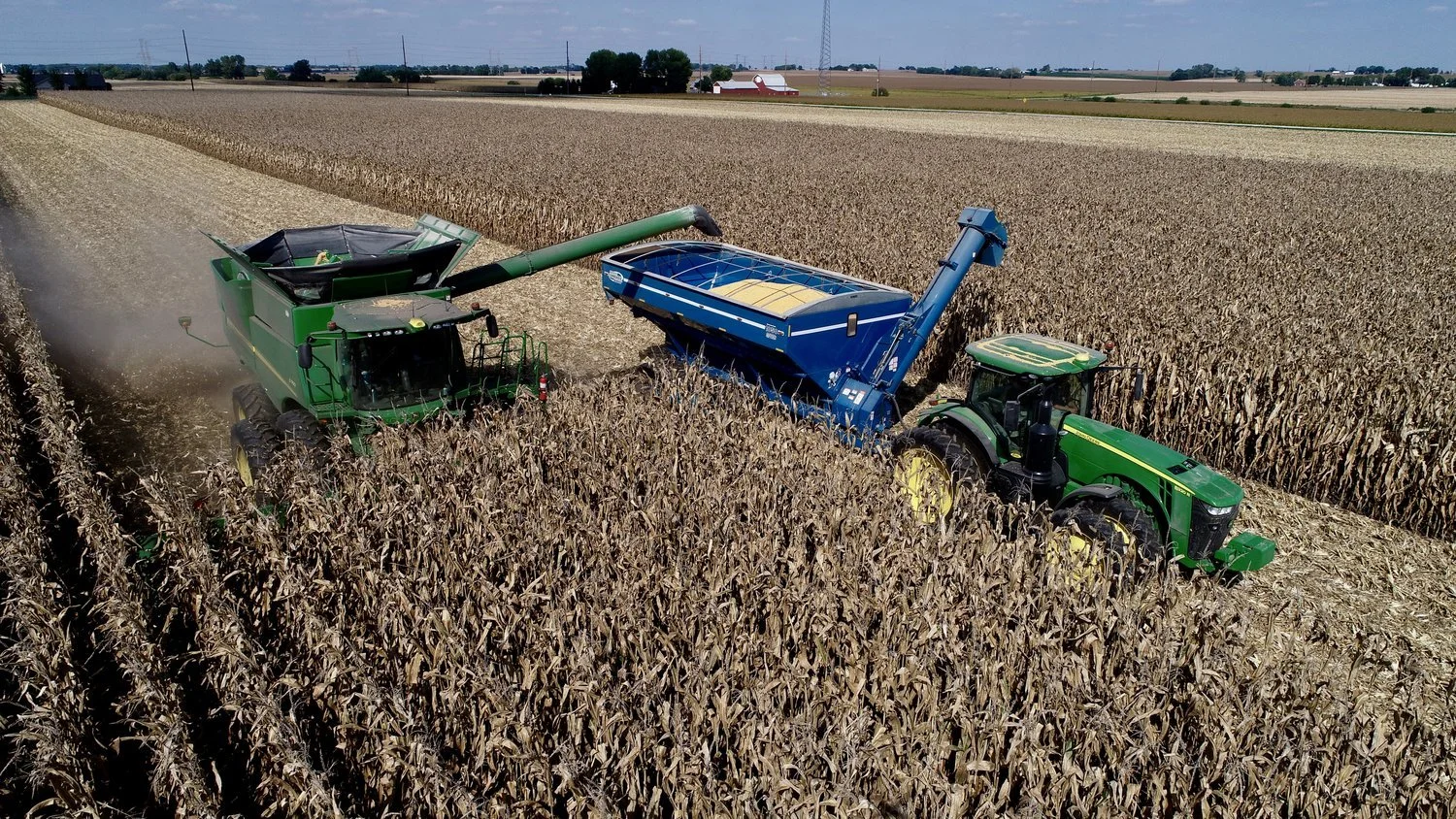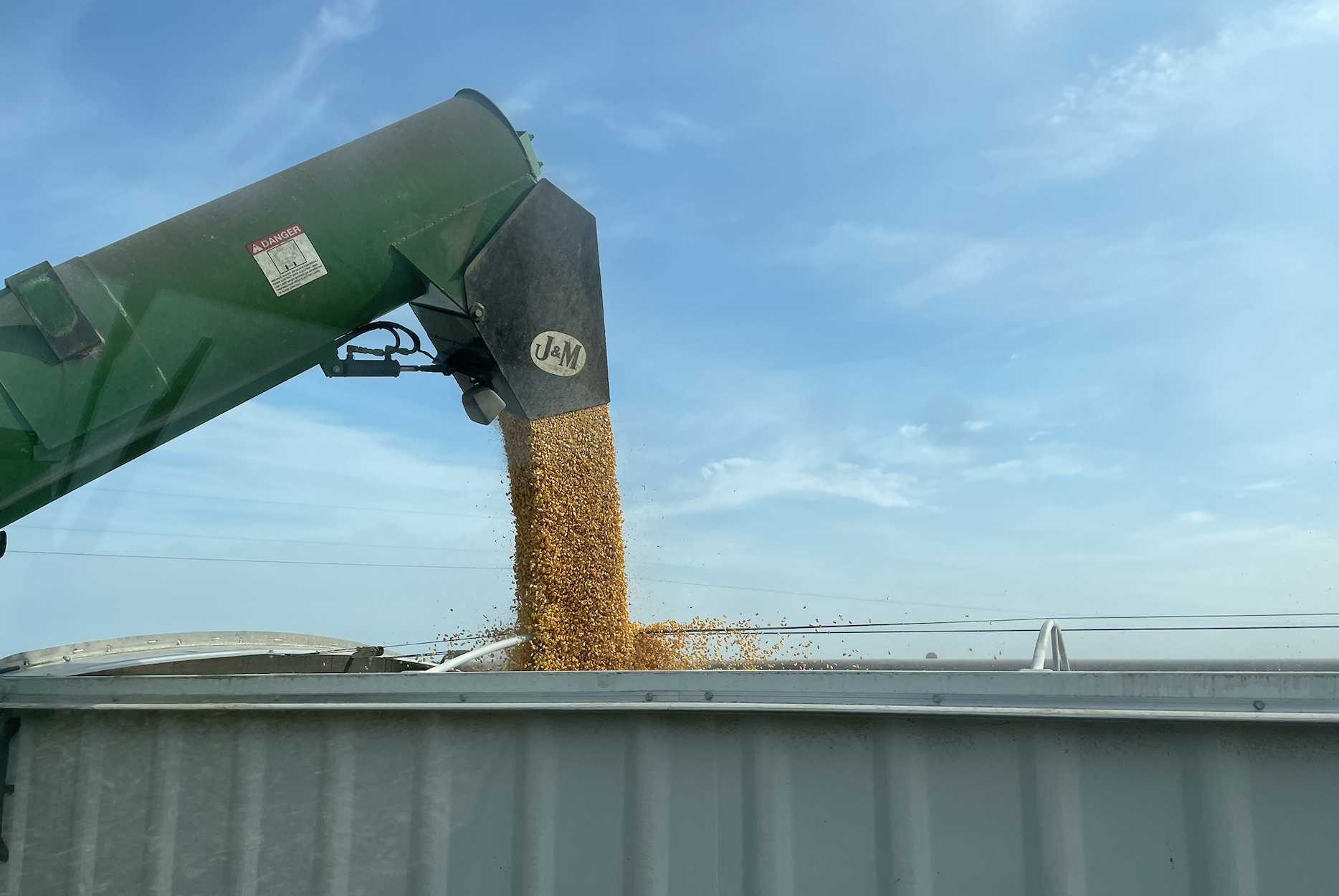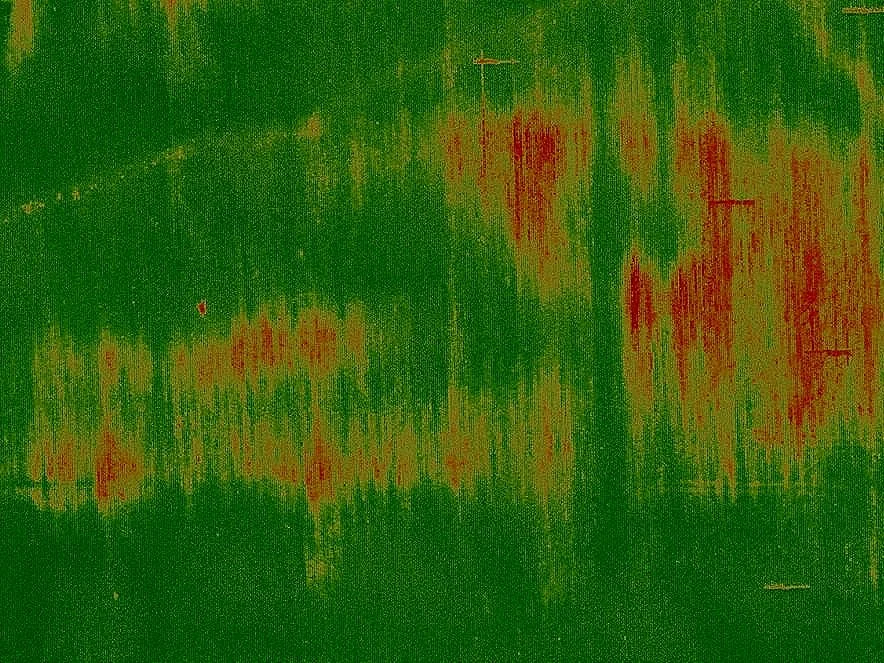Creating Carbon Credits
/At a farmer meeting I attended recently, the hot topic was carbon reduction contracts. There was a lot of curiosity, confusion and skepticism among these farmers. Many questioned how the various offerings on the market work, whether these tools make financial sense, and whether farmers are better off holding out for more lucrative, future possibilities. Many questions involved questions about how “carbon credits” work. This post will explain more about carbon credits, who generates, verifies, and sells.
What is a “carbon credit”? The term generally means the reduction of a quantifiable amount of carbon dioxide (CO2) or its equivalent from the atmosphere. A metric ton is the most commonly used measure. A metric ton is 1000 kilograms or 2,205 lbs. To put that into perspective, that is the approximate weight of two 5 feet x 5 feet round bales of hay. The phrase CO2 “or its equivalent” denotes that reducing other greenhouse gas emissions (GHG) may also generate a carbon credit. At a basic level, if a farmer can demonstrate a reduction in one metric ton of CO2 or its equivalent on his or her farming operation, they should be able to create and sell a carbon credit.
Who generates carbon credits? This is a multi-step process. First, farmers do the leg-work to create carbon credits by undertaking (or stopping) certain activities on their farms. For example, no-till farming might generate carbon credits because the number of passes across a field by fossil fuel burning equipment is significantly reduced from conventional till. Not surprisingly, tractors emit a lot of CO2 when crossing a field. Making fewer passes and having fuel efficient equipment can make a significant reduction in CO2 generated per bushel of crop raised. Similarly, restoring marginal farmland to prairie or forest might sequester enough carbon to generate a carbon credit over a period of time. It’s important to remember that carbon credits can be created by either a reduction in carbon or long-term storage (sequestration) of carbon.
Who packages carbon credits for sale? But reducing or sequestering carbon does not alone generate the carbon credit. The second part of generating a carbon credit requires some third-party intermediary to certify that that farmer followed the accepted protocols to actually create the credit. These intermediaries include multinational corporations, ag-tech startups, and non-profit corporations and consortiums. For example, here is a summary from Farm Journal explaining the carbon reduction offerings from Bayer, ESMC, Indigo, FBN, Nori and Nutrien related to row-crop farming.
Source: Farm Journal
One point to note here is that these intermediaries are not necessarily the same organizations that are verifying that carbon has been reduced or sequestered. There are numerous other certifying organizations that do that verification.
Who buys carbon credits? There are at least three different types of carbon credits buyers, all driven by different motivations. Industries that are large emitters of CO2 may be required by law to reduce their carbon footprint. These industries, like energy producers, may be required to buy carbon credits to offset their CO2 generation in certain jurisdictions. Think of these as mandatory buyers. The second type of buyer is motivated to please their shareholders. Many multinational corporations have publicly pledged to reduce their carbon footprint by year 20XX, and buying carbon credits is one tool to achieve these goals. The third type of buyer is driven by environmental concerns. There are simply some companies or persons who want to be carbon neutral. Regardless of the motivation, the farmer stands to benefit if he or she can take the steps to generate this new commodity on their farm.
An environmental cryptocurrency. A carbon credit is not a tangible thing, but it is a commodity that can be created, sold, traded, or bought. To me, that makes it similar to Bitcoin and other cryptocurrencies. It does not actually exist, but its value is driven by belief and trust in the systems that created the carbon credit. Think of carbon credits as a type of environmental cryptocurrency.

